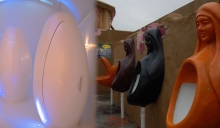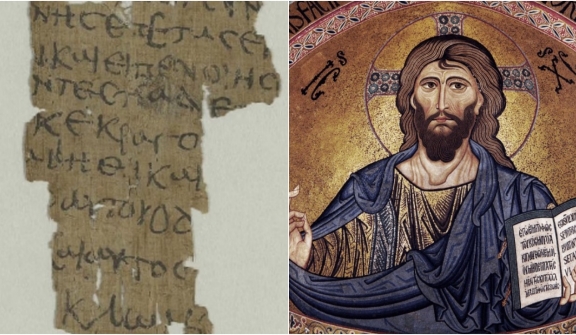
Researchers have uncovered the earliest known written account of Jesus' childhood in a 2,000-year-old Egyptian papyrus manuscript in a remarkable archaeological find.
The ancient text, which dates back to the 4th or 5th century AD, describes a little-known miracle story from Jesus' youth.
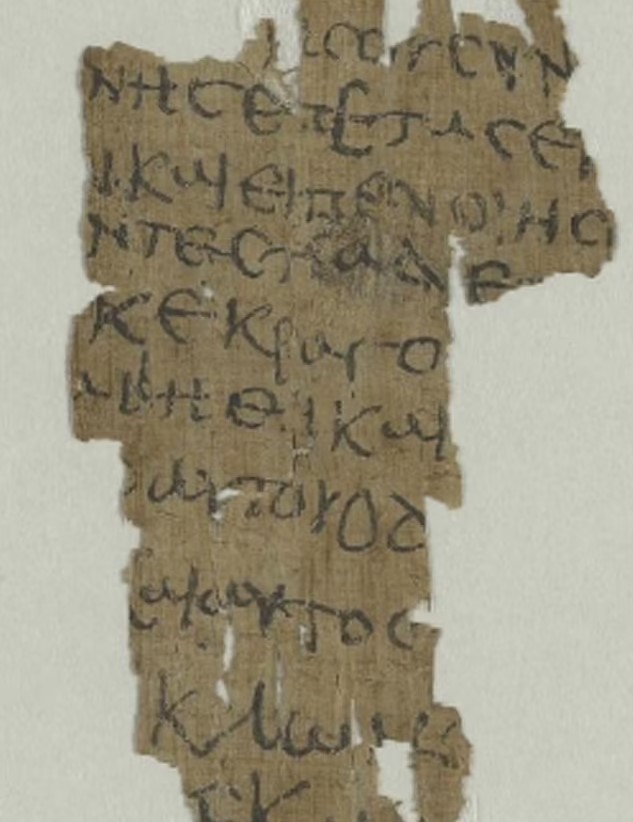
The papyrus fragment tells the story of the "vivification of the sparrows," in which the five-year-old Jesus is said to have turned clay pigeons into living birds.
This story is part of the Infancy Gospel of Thomas, a collection of narratives about the young Jesus that was ultimately excluded from the biblical canon.
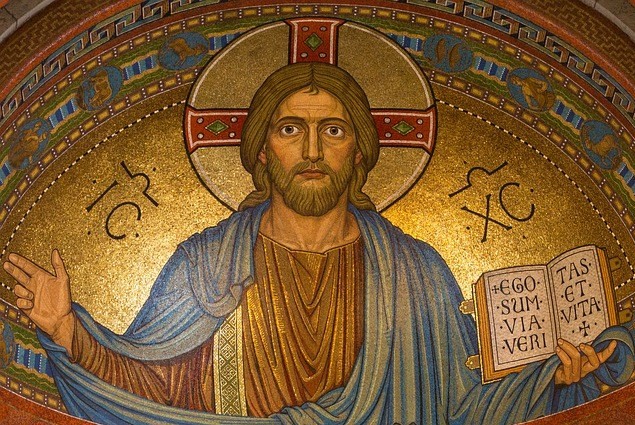
The newfound discovered papyrus pushes the record back over 600 years, providing a much earlier insight into these accounts of Jesus' childhood.
Researchers initially thought the ancient papyrus fragment was simply a normal document, like a private letter or shopping list, due to its clumsy handwriting.
However, after closer inspection, they noticed the word "Jesus" in the text.
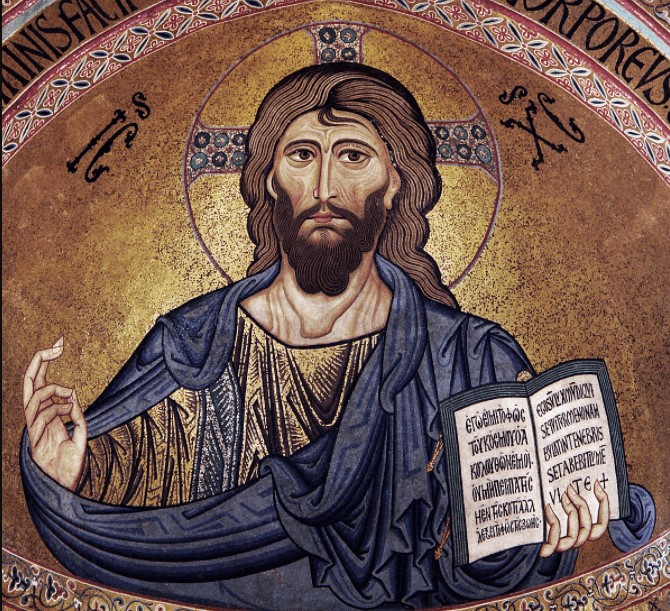
By comparing the papyrus to numerous other digitized ancient documents, the researchers were able to decipher the text letter by letter.
They quickly realized this was no ordinary document, but rather an early account of a miraculous story from the childhood of Jesus.
The Infancy Gospel of Thomas, written in the 2nd century, was likely an attempt to fill in the gaps about Jesus' early life that are not covered in the canonical gospels of the Bible.
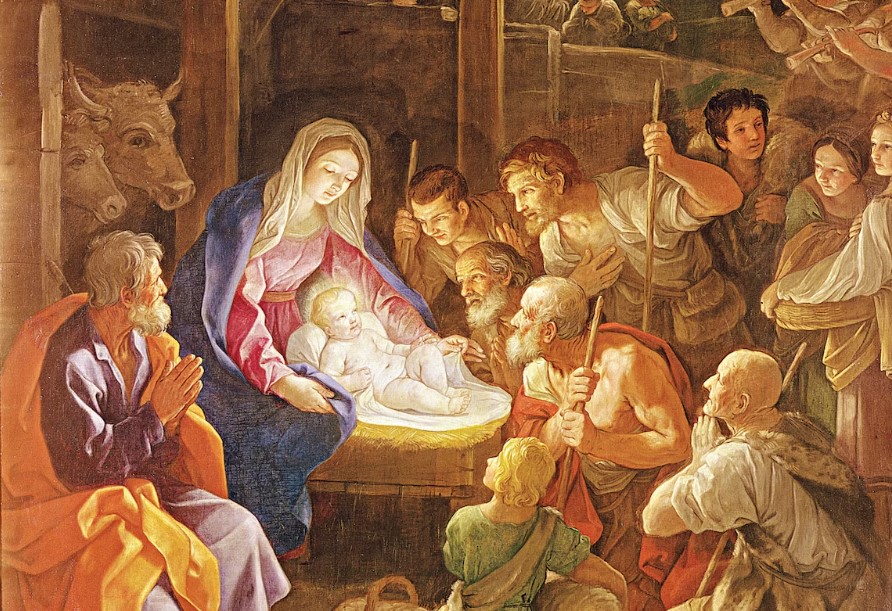
While the Bible focuses on Jesus' public ministry, miracles, and crucifixion, this alternate gospel provides fictionalized accounts of his childhood.
In the "vivification of the sparrows" story, the young Jesus is playing with some other children when he makes clay figurines of birds.
He then breathes life into the clay, causing the bird figures to fly away as real, living birds. This demonstrates Jesus' divine powers even from a very young age.
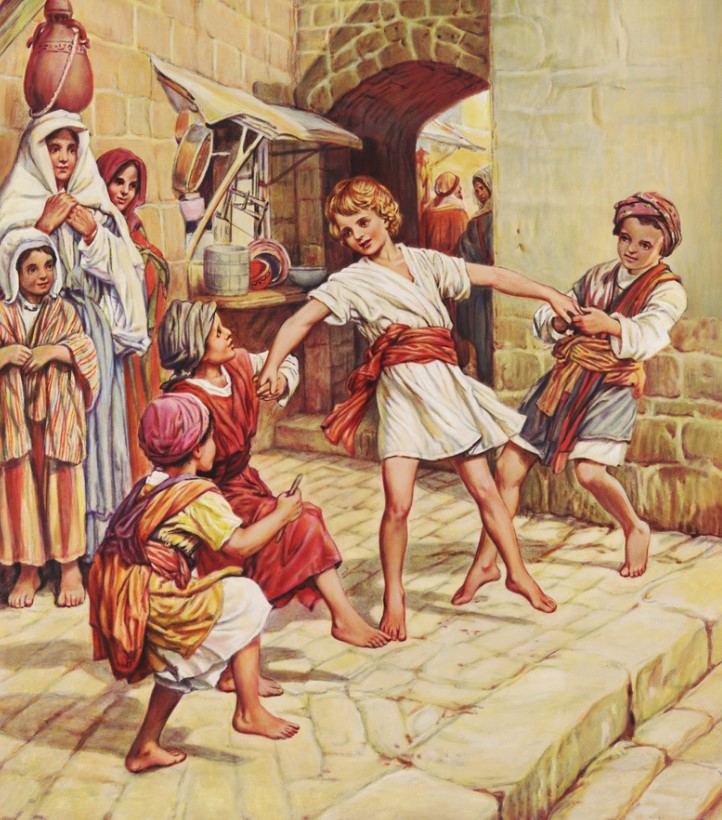
The clumsy handwriting on the papyrus suggests it may have been part of a school exercise or a religious text copied by a novice scribe.
He explained that it provides a glimpse into the earliest traditions and stories about the young Jesus circulating and preserved in the ancient world.
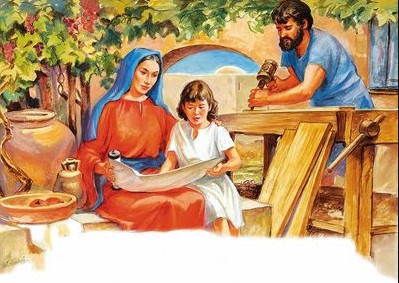
Even 2,000 years later, the amazing story of the five-year-old Jesus bringing clay birds to life fascinates readers.
The papyrus fragment is now housed at the Hamburg State and University Library in Germany, where researchers will continue to study it and uncover more stories about Jesus' forgotten childhood.


